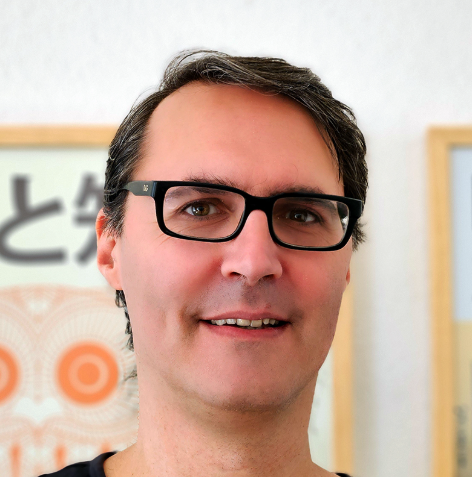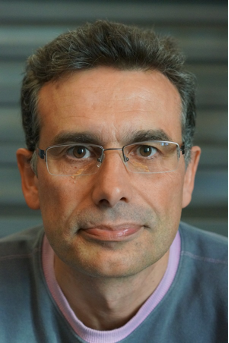Noel Harrison



My fellowship addresses three critical gaps in the European AI standardization landscape: The first gap concerns the harmonisation of Documentation Development, as there is an urgent need for technical documentation (Annex ZA, HAS checklists) to connect developing standards with AI Act requirements following the M/593 request. Without this work, standards risk delayed OJEU citation, creating regulatory uncertainty. I've worked on developing preliminary harmonization documents for JT021008 (Trustworthiness), JT021039 (QMS), and JT021024 (Risk Management). The second gap is related to cross-Standard Technical Coherence. As multiple AI standards are developed simultaneously, it creates potential inconsistencies in terminology, requirements, and implementation approaches. I've created mapping documents highlighting interconnections between standards, particularly focusing on how QMS requirements interface with other M/593 standards, to ensure a coherent framework. The third gap focuses on the alignment with EU AI Act Articles, as technical specifications in draft standards must precisely align with AI Act articles to support regulatory compliance. I have contributed targeted technical refinements to clauses 6.4 (transparency) and 6.5 (human oversight) in the Trustworthiness Framework to strengthen alignment with Articles 13 and 14 of the AI Act.

I addressed priorities and gaps on three specific AI areas, including:

The priority aims to support the development of European and international standards for DLT/blockchain technologies to ensure transparency in sustainable financing. This contribution brings together the financial, reporting and new technologies to address the gaps between these three sectors.
The challenge for sustainable finance is to minimise the risk of 'greenwashing’ and provide better reporting for the Sustainability sector, ESG investment and Net Zero climate goals and new EU Reporting regulations.
It includes standards development to combine blockchain/DLT Use Cases reflecting sustainable solutions, while the sustainable finance standards cover Terminology and reporting guidelines, and the financial services consider digital currencies and tokenisation.
This contribution aligns with the European Standardisation initiatives, including the effective delivery of ESG investment strategy and Net Zero climate goals, along with the new EU Climate and Sustainable Reporting legislation in 2024 /2025.

The objective of this contribution was to design a taxonomy of decentralised identifier and identity terms for further integration into ISO/TC307 works developed by AHG5 and JWG4.
My fellowship was key to address the gap between worldwide blockchain and DLT standards in the fields of identifier and identity management, especially between ISO/TC307, ITU-T and W3C while including some European-led reference documents (i.e. EBSI, eSSIF-Lab and INATBA glossaries).
The main challenge was reaching consensus between ISO/TC307 working groups (especially AHG5 and JWG4) to support the revision of ISO/TS 23258:2021 in order to integrate a taxonomy of decentralised identifier and identity terms.

My fellowship focuses on standardizing Non-Fungible Tokens (NFTs) for sustainable asset management, addressing gaps in digital asset representation, regulatory clarity, and ESG alignment. It supports innovation, transparency, and interoperability in tokenized real-world assets (RWAs), in line with EU priorities.
Current NFT-based RWA systems lack harmonised frameworks, causing fragmentation in asset tracking, legal recognition, and compliance. This hinders adoption across supply chains, carbon markets, and IP management. My project proposes a cross-industry standard to ensure interoperability, regulatory alignment, and lifecycle transparency.
In this sense, the there are two major priorities for this action, including:
Standardized Multi-Asset Tokenization that enables NFT-based tracking of physical, environmental, and intangible assets. It also enhances lifecycle transparency, supports the circular economy, and ensures blockchain interoperability.
Digital Product Passport (DPP) to align NFTs with DPP for end-to-end traceability, compliance, and ESG reporting.This strengthens supply chain transparency and EU circular economy goals.
The key Challenges related to my activity are:
Regulatory Uncertainty: Lack of clear NFT standards impedes legal and policy alignment. This initiative ensures conformity with EU law and ISO.
Adoption Barriers: Fragmented governance limits integration. Standardisation enhances technical and regulatory trust.
Sustainability Concerns: Energy-intensive DLTs are problematic. This activity promotes efficient models aligned with the Green Deal.
Consequently, this project positions Europe as a leader in NFT standardisation, fostering secure, compliant, and sustainable digital ecosystems.

CEN/TC 442 is leading the publication of standards on digital construction, also referred as “building information modelling” BIM.

It aims to develop technical specifications and standards to efficiently manage terminology work ensuring seamless information exchange, minimizing misunderstandings, and enhancing both human-human and human-AI interactions.

One of the main gaps that I am tackling with this activity is that many important standards are published only as PDF, without global identifiers (URLs) that can be used in requirements and test management, and without technical artefacts like datasets, schemas, test cases.

My fellowship focuses on developing use cases for Blockchain and Distributed Ledger Technology. ISO AWI 24878 builds upon standards development work in ISO 3242:2022, ISO 6039:2023 and ISO 6277:2024. A journey of discovery is underway to identify emerging application domains and novel business applications for blockchain and DLT internationally.

Incorporation of at least two sensory channels for information consumption is required by the European Accessibility Act, but currently not widely realized in technical communication. With its structured semantic approach, the proposed standard seeks to help eliminate this shortcoming.
